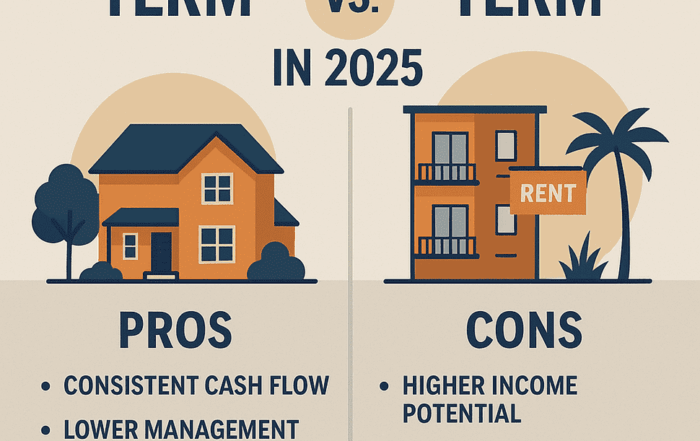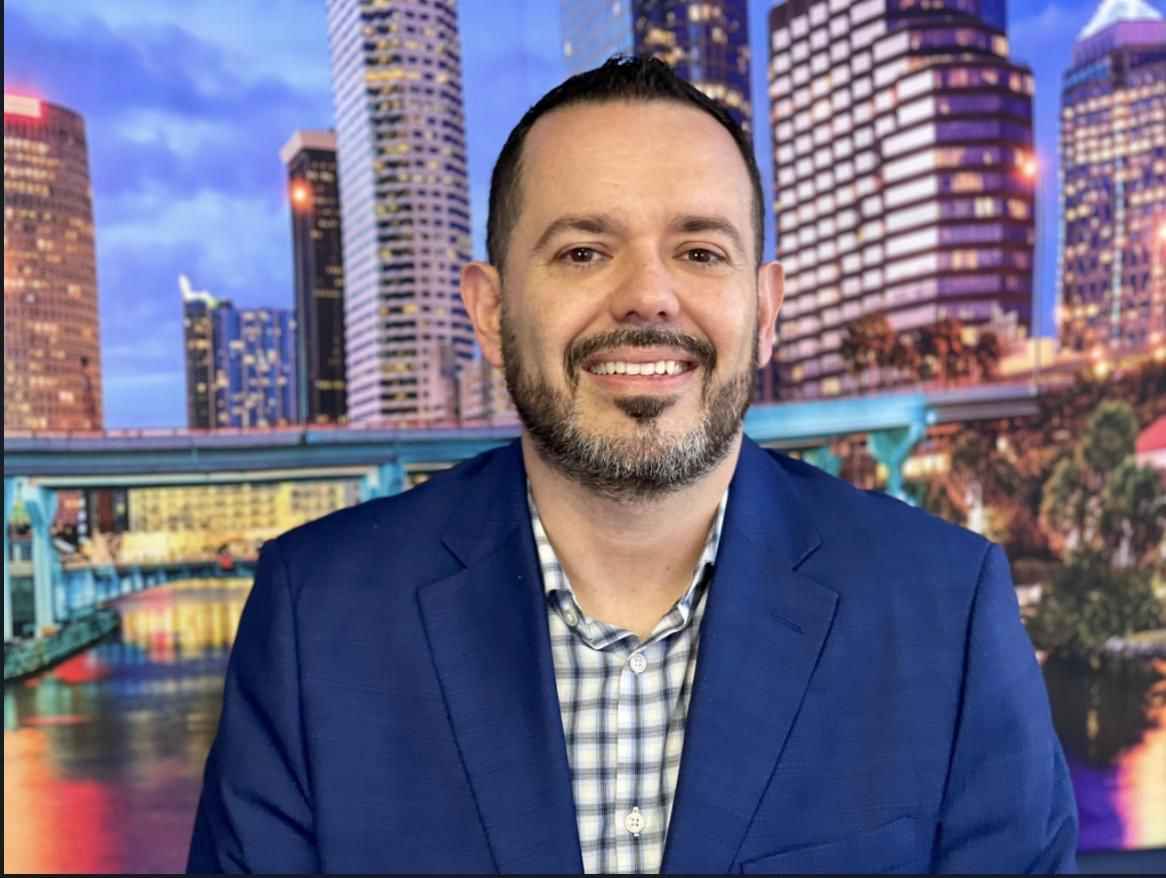
Listen while driving
English
Alright, let’s cut the fluff.
Before you go clicking around the internet and applying for a Home Equity Line of Credit (aka HELOC) at 37 banks and getting your credit pulled into the ground, slow down. I’m gonna save you some time, some dings on your credit, and a lot of frustration.
I’ve been on both sides of this table—as a banker and as a real estate investor. I’ve helped folks get approved for HELOCs and I’ve personally pulled out HELOCs on multiple properties to fund deals, fix up rentals, and jump on opportunities fast. So trust me when I say: there’s a smart way to do it… and then there’s the rookie way.
This is the smart way.
Step 1: Know Your Numbers Before You Even Bother
Before anything, you need to do some basic math. Grab a calculator (or ask your 12-year-old nephew), and check this:
-
What’s the current value of your property?
-
Multiply that by 0.80 (that’s 80% of your home’s value—banks like that number).
-
Subtract what you still owe on your first mortgage.
Whatever’s left—that’s your potential equity access. That’s the maximum pool you’re playing with.
Example:
-
Property is worth $400,000
-
80% of that is $320,000
-
You owe $250,000 on your current mortgage
-
Boom—you’ve got about $70,000 of usable equity
If that number is less than $25,000, just stop now. Walk away. Close this tab. Go enjoy a cafecito. Because it ain’t worth it. The rate will be just as ugly as a credit card, and you’ll waste time and get mad at the process.
But if you’re sitting on at least $25K to $100K+? Now we’re talking.
Step 2: Do You Actually Have the Income to Back This?
Here’s where most folks get tripped up.
Even if the equity looks good on paper, lenders still want to make sure you can actually pay them back. They’ll want to know:
-
Can you handle your current mortgage AND this new line of credit?
-
What’s your debt-to-income ratio?
Now, if your income is solid—meaning W2 job, self-employed with docs, or even rental income that shows up clean—great. Go get the lowest rate you can. Shop around. Flex your credit score.
BUT…
If your income is tight or a little “creative” like many of us investors, you need a better strategy. Because if you walk in, apply online, and they ask for full docs—you’re toast.
Step 3: The Magic Question to Ask Before Applying
Here’s the golden nugget from my banking days:
Before you apply anywhere, walk into a bank and ask this exact question:
“What is the trigger amount for income verification on your HELOC?”
That’s it. Say those words.
If they tell you, “We can go up to $50,000 without income docs,” now you’re cooking. You found a seasoned banker who knows the game.
If they say, “Well, we need to submit the app to find out,” or they look at you like you just asked them for Bitcoin mining advice—they’re not your person. Thank them, smile, and walk out.
You want the banker who’s been doing this a while and can say, “Yeah, we do up to $50K no income verification, no problem.”
That’s your guy. Or gal.
Step 4: Why You Should Not Apply Online
Seriously. Don’t.
Online applications are built to push everyone through the same robotic funnel. No room for context, no room for strategy.
In-person, you get the full human experience: you can ask questions, get real answers, and most importantly—prequalify without triggering unnecessary hard pulls or declines.
Step 5: Get Prequalified at Two Banks—Minimum
Once you’ve found your human banker, repeat Step 3 at a couple other places. You want 2 banks that will let you go up to $50K (or even $100K) with minimal or no income verification.
Now you’re in the driver’s seat.
Step 6: Open an Account with the Winning Bank(s)
Here’s the next power move nobody talks about:
-
Open a savings or checking account at the bank(s) where you plan to apply.
-
Let it sit for at least 90 days.
Why? Banks love relationships. You’re not just a stranger walking in for money—you’re a “valued client.” You’re more likely to get better terms, and zero closing costs.
Yep, that’s the trick. Most banks waive closing costs on HELOCs if you’re already a customer.
So if you’re planning ahead, this little 90-day play could save you $1,000 or more in fees—and get you approved easier.
Step 7: Apply—but Keep It Simple
Now it’s go time. You’ve done the math, verified your equity, picked the banks, opened your account, and waited it out.
Here’s how to apply smart:
-
Apply only up to the no-doc threshold (usually $25K–$50K)
-
Don’t overreach and get greedy or you’ll trigger full doc requests
-
Lock in a variable rate only if you plan to use and pay off quickly
-
Or go for a fixed-rate draw option if you plan to hold for longer
Bonus Pro Tips From My Experience
-
HELOCs are interest-only during the draw period (usually 10 years)—super useful for flippers, BRRRR deals, or gap funding.
-
Use a HELOC as a bridge loan—buy cash, refinance later.
-
Don’t max it out. Keep it as a “tap when needed” fund.
-
If you’re self-employed, use tax returns with big add-backs (depreciation, write-offs) to qualify if needed later.
-
Pay off chunks quickly—most banks allow unlimited draws/paybacks.
Why This Works (Every Time)
I’ve helped people pull lines on everything from their primary homes to rentals—even properties they just refi’d.
This strategy works because you pre-position yourself before ever applying. You go in with answers, not questions.
You don’t need to have perfect credit, six figures in the bank, or even a ton of income. You just need the right equity and the right process.
What If You Need More Than $100K?
Now we’re talking about Phase 2.
Once you’ve secured your first $25K–$50K HELOC, you can:
-
Reapply for a 2nd line after 6–12 months
-
Use that new line to show payment history and boost trust
-
Or do a cash-out refi if the property appreciated
But if you go for too much upfront, you’ll spook the lender and get denied. Play the long game.
Final Thought From a Guy Who’s Done This Too Many Times
This isn’t theory. I’ve done this over and over—personally, for my clients, and for investors all over the country.
It works.
The people who mess this up are the ones who rush in blind, apply online, and get shocked when they get denied—or hit with crazy rates.
So take your time. Follow the 90-day process. Shop smart. And don’t ever be afraid to ask bankers real questions. If they can’t answer them, they’re not the ones to help you win.
Keep it consistent, stay patient, stay true—if I did it, so can you!
Ready to connect and strategize? Contact me at http://graystoneig.com/ceo
– Jorge Vazquez, CEO of Graystone Investment Group & Coach at Property Profit Academy
Pick your expert. Book your free 15-minute consult now. We are here to help!
Our Top Articles
Opportunistic Buyers Are Back: Why Florida’s Real Estate Market Feels Like 2010 Again
If you were around during the aftermath of the 2008 crash, you might remember that eerie silence around 2010—the [...]
Can Buying Real Estate in Florida Help You With Immigration?
Can Buying Real Estate in Florida Help You With Immigration? So you’re wondering, “If I buy a couple rental [...]
Long-Term vs. Short-Term Rentals in 2025: Which Strategy Wins?
In 2025, the real estate world feels a little like a game show. Behind door one: long-term rentals—steady, reliable, [...]
Property Profit Academy:
✔ Learn to buy properties with little to no money down.
✔ Build a $10M portfolio step by step.
✔ Master strategies like BRRRR and house hacking.









